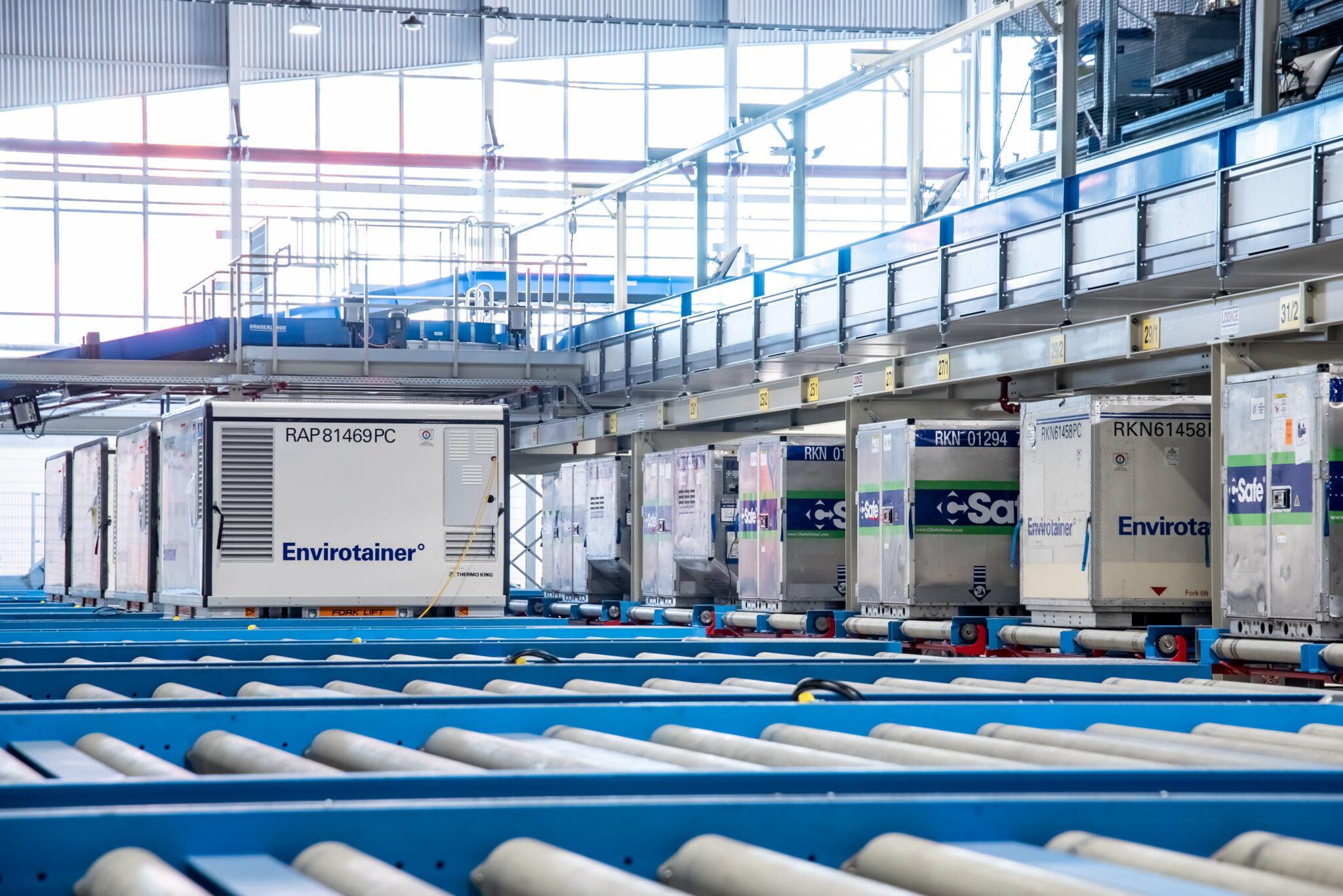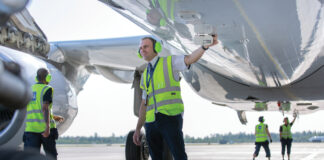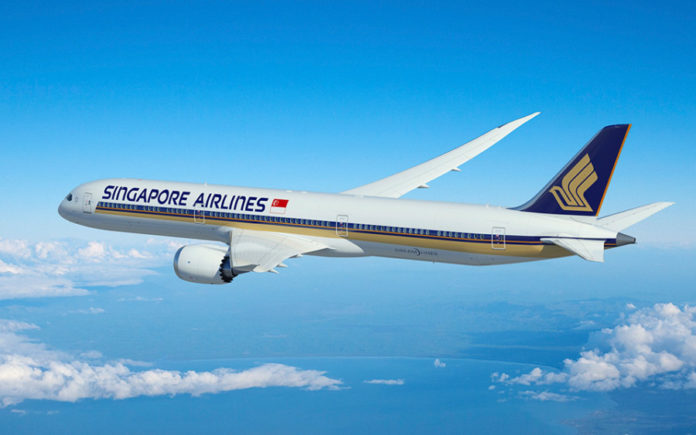

With the air cargo market’s up-turn now rolling for over a year, memories of the long, cold, dark days of flagging volumes and depressed yields may gradually be receding in the collective memories of the industry, writes Donald Urquhart.
But parked freighters remain a visible reminder of the painful volatility and begs the question as to what role they will play going forward in an environment where belly capacity increases with each new widebody aircraft.
Singapore Airlines (SIA) Cargo is a clear example of this main deck downscaling, that probably is better described as a transformation of sorts. Once a major operator of freighters, times have changed.
As SIA Cargo president, Chin Yau Seng notes, with a sharply reduced freighter fleet there is no longer the imperative to operate as a separate company with a separate AOC which includes cost duplication that can be eliminated through the re-integration with the parent carrier.
For SIA Cargo, a “right-sized” fleet of freighters – currently pegged at seven Boeing 747-400Fs – in conjunction with substantial belly capacity of Singapore Airlines’ widebody fleet is a better fit for today’s reality.
“Passenger aircraft orders, especially for the new generation wide-body aircraft, have and will continue to drive the cargo capacity in the industry,” he says.
But, an important caveat to this he adds that for airlines that operate freighters there still is a need and relevance of these aircraft simply because they cater to the carriage of specialised and odd-sized cargo, such as livestock, aerospace and events-related shipments and passenger aircraft don’t always fly to where the cargo is generated, or destined.
But no matter what the perspective on belly versus maindeck, one thing is indisputable: The industry has and continues to go through major changes that make the cargo business ever more challenging.
Change is in the air
For some, this new and evolving air cargo market is generally one better served through belly capacity. Peak seasons are here sometimes and sometimes they’re not. Production is shifting and its diversifying and air cargo transport must adapt.
Hong Kong Air Cargo Terminals (Hactl) chief executive, Mark Whitehead highlights how rapidly things can change by noting in the latest iPhone release, much less of the iPhone traffic came through HK for the first time, instead flying out of various mainland China points.
One significant development that will play an increasing role, is e-commerce. Although its impact is not massive at the moment, it is a portent of the future and how consumers will make their purchases, which also has significant ramifications for production as well.
The changing air cargo environment has also been behind a number of interesting tie-ups between both belly and combination carriers, and all-cargo carriers as each seeks to leverage the other to fill the nooks and crannies of its cargo holds, be they main deck or belly.
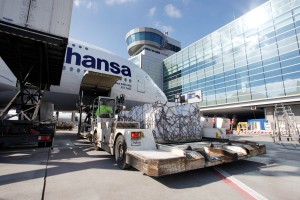

Take for instance the agreement between Cargolux and Emirates SkyCargo, or United and Lufthansa with ANA Cargo, IAG Cargo with Qatar Airways and even Air Canada with Cargojet – all variations on a theme and that theme is the combination of belly and main deck.
Strategic Aviation Solutions president and chief executive officer, Stan Wraight says some carriers are ignoring the huge potential belly capacity offers. “If marketed properly and also with a full understanding of its value to today’s demand for, ‘anything, anywhere in 72 hours or less’,” belly capacity can be a significant contributor to the bottom line.
But he laments that often this realisation doesn’t occur. “The sad fact is that passenger belly capacity is so undervalued by airline managers that they don’t create premium products that the market is looking for,” he says.
He cites the example of HKG-LHR, asking what could be faster than a direct passenger flight – of which there are a good number on that particular route – for a client demanding speed, quality and reliability? “Nothing, no integrator or e-commerce company operating its own freighters could beat that direct point-to-point connection. All that an airline has to do is seek out strategic partners on the ground at both ends, and it exists but is not exploited,” he says.
This gives way to a warning: “Unless they change their skill sets, and start to implement products for the market that are demanded, the capacity in the belly will become worthless against those that do.”
Freighter fleets should be right-sized as it relates to the size of the passenger fleet, he adds, saying the ‘right size’ is the number of aircraft by type needed to satisfy the new generation of retail, clients demand. “I venture to say that very few combination carriers today are focussed on the future possibilities, and are more reacting to declining margins as the traditional distribution channels demand ever lower prices.”
Combination carrier view
As Emirates SkyCargo notes, its core strength is the cargo capacity provided by its fleet of 252 passenger aircraft operated in a global network and with good support from its substantial freighter fleet. Also key to this is the fact it operates only large widebody aircraft which provides good capacity on all sectors.
“The air cargo market has been performing very well recently and we have seen good growth across the majority of the markets we operate to and good utilisation of both our belly hold as well as main deck cargo capacity,” says Henrik Ambak, Emirates SkyCargo senior vice president, cargo operations worldwide.
According to Ambak, SkyCargo doesn’t see the day when freighters won’t be needed, citing the fact more than half the of world’s air cargo is still moved on freighter aircraft.
“Freighters further allow us to well serve markets where the cargo market exceeds the capacity we have available on our passenger aircraft. We do not always observe a complete overlap between the kind of cargo that gets transported in the main deck of freighters and in the belly hold of a passenger aircraft and our freighter capacity supplements the cargo capacity we offer on our passenger fleet and vice versa,” he says.
In addition to carrying large and outsized cargo that would not fit in the lower deck of a passenger aircraft, Emirates SkyCargo’s freighters also carry cargo directly from manufacturing hubs and growing areas to consumer markets. like flowers from Kenya or Ecuador, directly to Amsterdam.
“We are also able to use our freighter fleet to respond to any sudden seasonal increases in demand where our passenger capacity may be insufficient to cater to capacity needs of the market,” says the carrier’s senir vice president for cargo operations worldwide, Henrik Ambak. This surely has come in useful as this year’s peak season continues to roll.
But it is through its passenger fleet it is able to offer what the market seems to increasingly be looking for: High frequency, direct air cargo connectivity to not just tier 1 hubs but also to tier 2 and tier 3 cities across a number of geographies, as Ambak highlights, seemingly taking a leaf out of Wraight’s book.
“We connect to 41 destinations in Europe. This means a customer in Cambodia can have his cargo airlifted from Phnom Penh to Hamburg or Dusseldorf without having to truck the cargo to an alternate hub either at origin or at destination, eliminating this additional step which adds both cost and transit time.”
Another combination carrier with both substantial maindeck and belly capacity, Lufthansa Cargo, is similarly steadfast on the important combination of belly and maindeck capacity.
“Our belly capacities are the backbone of our business,” says chief commercial officer, Alexis von Hoensbroech. “They provide a broad and high frequency network across the world and safeguard our position as the leading air cargo carrier in Europe. Our bellies are performing strongly with load factors well above the industry average,” he adds.
At its disposal is substantial belly capacity as it markets the belly of Lufthansa Airlines, Austrian Airlines and Eurowings. “Further we have access to the belly capacities of our cooperation partners ANA, Cathay Pacific and soon United Airlines on the tradelanes from and to Europe,” says von Hoensbroech.
But while bellies may be Lufthansa Cargo’s backbone, freighters play no less a role in the cargo carrier’s success. “In contrast to the passenger demand, air cargo flows are pretty concentrated on relatively few tradelanes. While the belly capacities provide a very broad network, many belly flights go to destinations, that have only little cargo demand. On the key cargo tradelanes, there is and remains a heavy undersupply of belly capacities. Therefore, we need freighters to cover the remaining demand,” von Hoensbroech points out.
He gives the example of Frankfurt, where 60 per cent of all freight is being flown on freighters and this number has been growing over the last 10 years, he says, adding there are no indications, that this will change.
The highly volatile nature of the air cargo business with high-demand years quickly followed by much weaker periods also means that the flexibility of operating a freighter network allows for quick adjustment of capacities if the demand drops. “Therefore we expect to continue flying freighters in the future – while the fleet size might vary over time.”
Happy bellies
One carrier that certainly hasn’t neglected the potential of belly cargo and indeed has continually moved to build and improve upon it, is Virgin Atlantic Cargo. And clearly the effort is paying off as the carrier has been keeping its bellies full.
Riding the cargo wave the industry has been experiencing since third quarter last year, Virgin’s volumes for the first nine months are up seven per cent up YOY. Managing director, Dominic Kennedy adds his team are seeing and hearing from its customers that demand is going to continue into 2018.
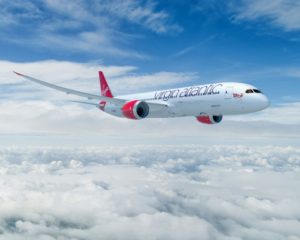

Westbound volumes to the US have been extremely strong, which comes down to several factors according to Kennedy. Exchange rates are making UK exports more attractive so there’s more tonnage in the market; and services to the US have increased this year with a daily Heathrow-Seattle service and direct flights from Manchester to San Francisco, Boston and New York.
It also helps Virgin along with its joint venture partner, Delta Air Lines – also a belly-only operator – currently offer some 24 per cent of trans-Atlantic cargo capacity, an impressive feat for two carriers bereft of any maindeck capacity. “This means we can provide both a great network and high frequencies on what is the world’s biggest trade lane for pharma and a buoyant market for e-commerce shipments,” says Kennedy.
And its not just the trans-Atlantic doing well for Virgin, with the carrier enjoying strong YOY gains on all routes including Lagos, Delhi, Hong Kong, Shanghai and its Caribbean services. And its Virgin Australian cargo partnership – also pure belly – has also performed exceedingly well since its launch in July this year.
“The increased business we have gained, however, isn’t just down to higher demand for capacity in the market,” says Kennedy. “More demand in the market is great to see, but you still have to make sure customers choose you over your competitors. Our growth in 2017, I feel, is down to a great team effort by our entire cargo team to ensure we are providing the best possible customer experience.”
Kennedy is also optimistic growth can be maintained, pointing to more choices for customers, services and other improvements it is making. He points to the new Pharma Zone at Heathrow, opened on 2 October. “Our pharma volumes have already increased 20 per cent in the first half of the year and our customers are telling us they want to give us more of their business.
“Opening the Pharma Zone demonstrates our commitment and the quality of service we can deliver, and I am confident this will boost our pharma volumes even higher. We are also on track for WDA accreditation by the end of this year/early January,” he says.
“I think there is buoyancy in the market we haven’t seen for the past few years so the signs are looking good for 2018. Obviously so many factors influence export and import business, but we have a great network that serves major cargo markets, we will always work hard to deliver the best customer service, and we’re increasing the choice we offer.”






